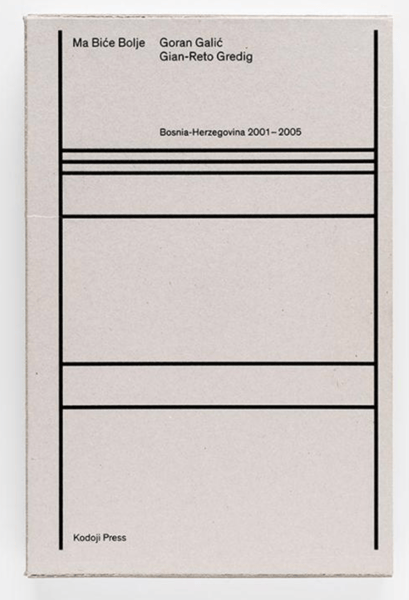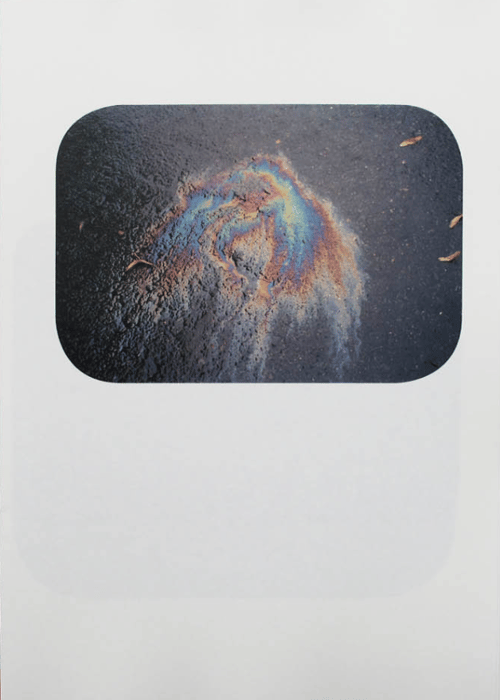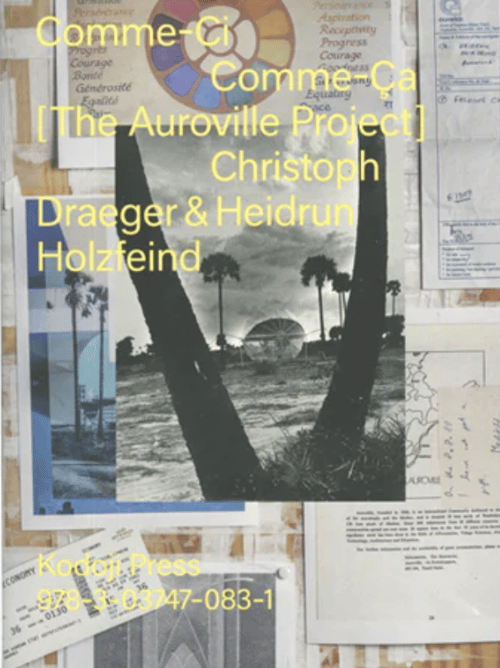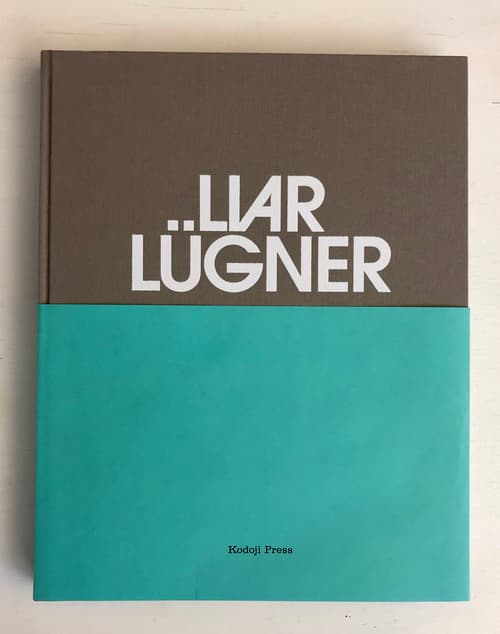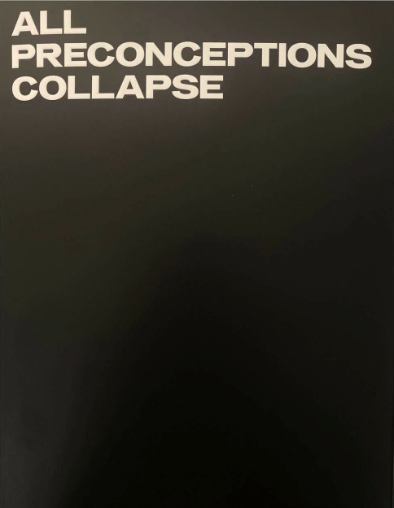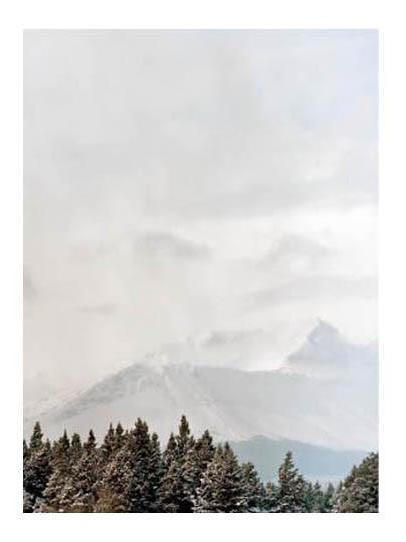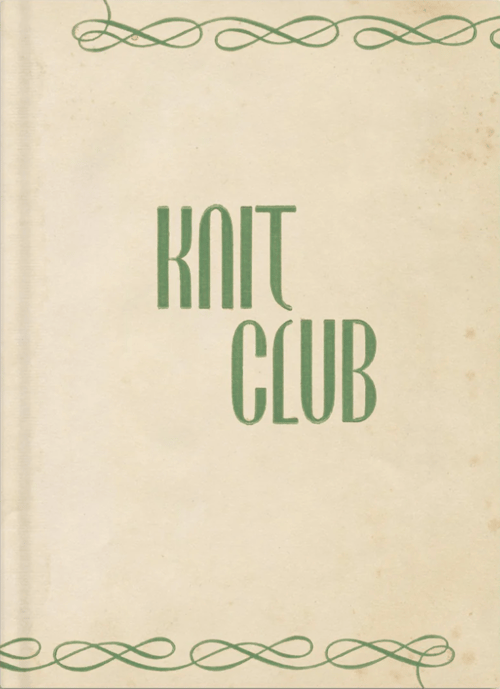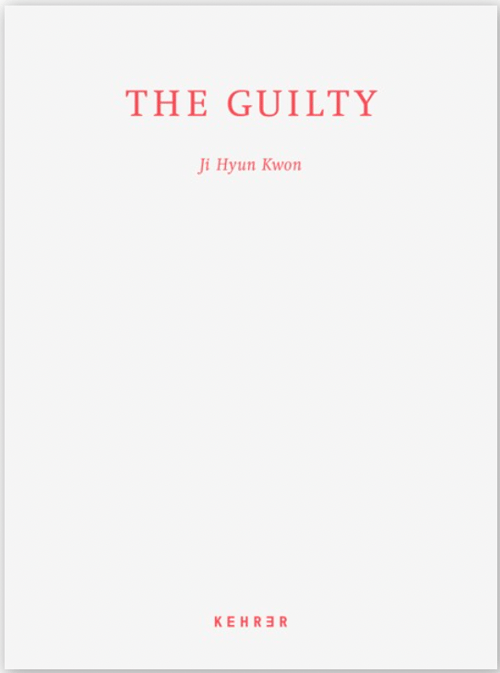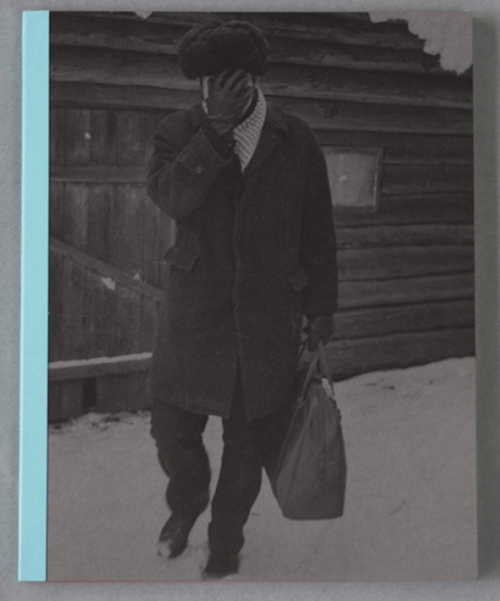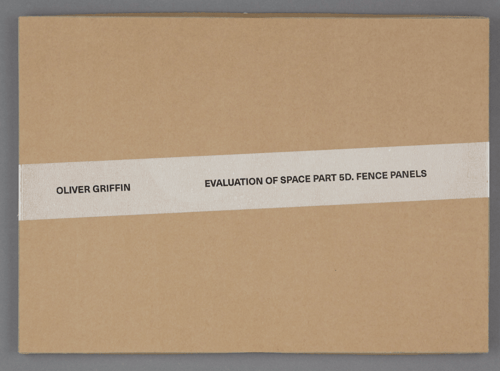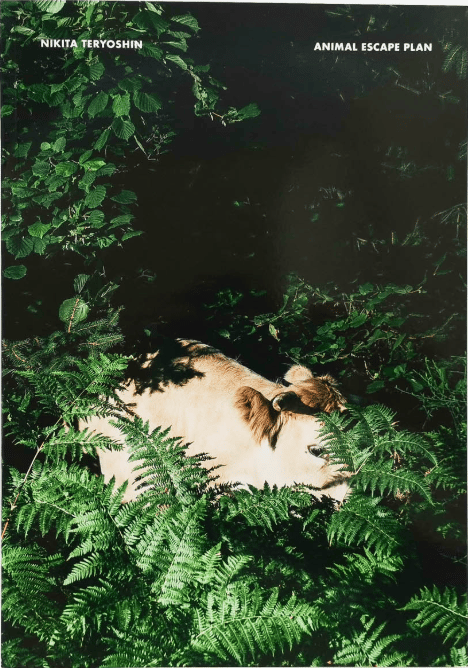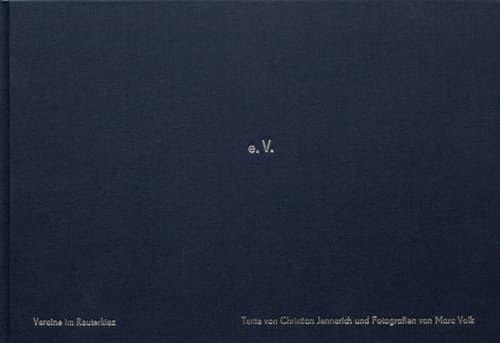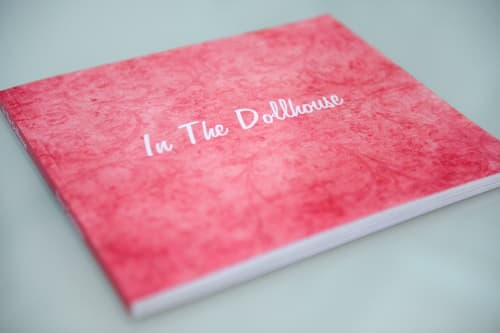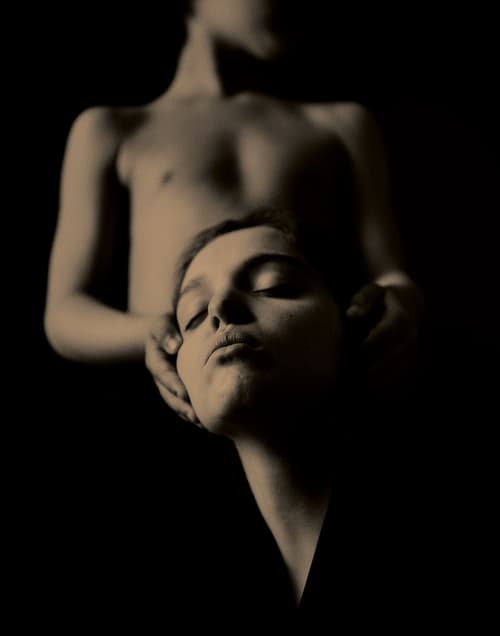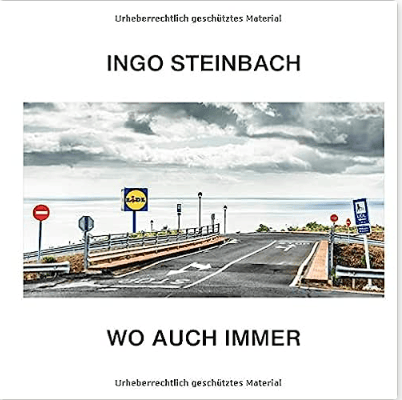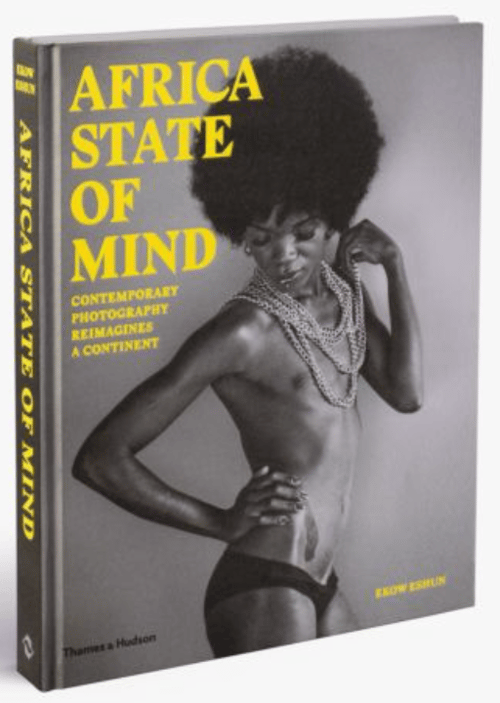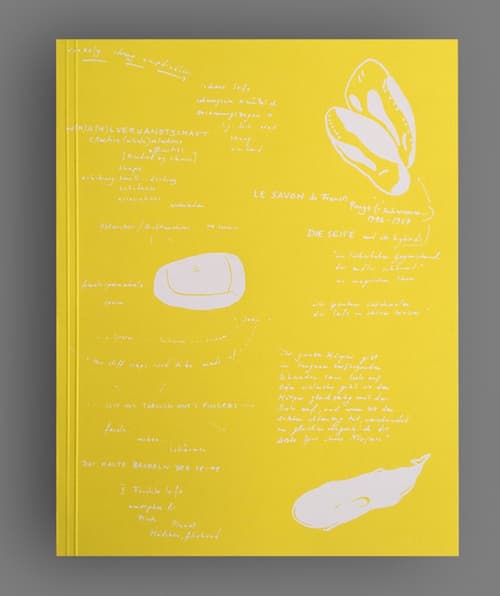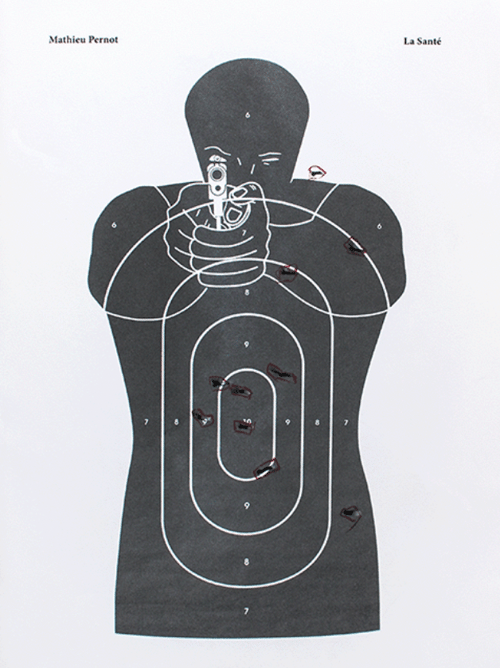The task of creating a comprehensive or objective account of the recent war in former Yugoslavia, a war whose survivors and perpetrators deal with it by overlooking its traces, is an impossible one. ‘Ma Biće Bolje’ by Goran Galić and Gian-Reto Gredig illustrates physical barriers and enunciates some of the entrenched psychological rifts still to be found in Bosnia-Herzegovina. It does not offer a conclusive image and a key for the reader to decipher it, instead it is a complex accumulation of layers of image, text, narrative and critique. ‘Ma Biće Bolje’ translates as “It’ll get better”; it would once be commonly heard in the former Yugoslavia, but it is a rarely expressed sentiment today.
‘Ma Biće Bolje’ is based on travels between 2001 and 2005 by Galić and Gredig around what is today Bosnia-Herzegovina. The pair met in 2002 in Zurich, then students of photography and social anthropology respectively. Their work together began as two discrete projects: Galić’s wish to explore and photograph Bosnia, to better understand the recent conflict in the country his parents had left for Switzerland; and Gredig’s documentation of this investigation. Their work would eventually become a collaboration that transcends the specific to make an abstract study of how documentary and history are constructed.
‘Ma Biće Bolje’ is made up of several parts, with pagination that runs through each part from start to finish. The first section is of medium and large-format photographs, presented without caption or date. Dilapidation, rebuilding, the traces of fighting and ambiguous constructions are seen against verdant backdrops. There are portraits of individuals that face the camera and clusters of men, backs turned, as they observe a site or just kill time. In one image a middle-aged woman smiles warmly even though she is dressed in plastic overalls and gloves to exhume a mass grave, in another a new church is shrouded with scaffolding, while in yet another a cast concrete stair is all that remains of a shattered building. Grey interstices divide groups of photographs that describe a fertile but inscrutable country.
A selection of video recordings follows the photographs. These seven chapters show the country post-war, Galić at work looking for photographs and interviews with witnesses of the war. Three slim booklets contain first-hand accounts in Bosnian, English and German of encounters while travelling around the country taking pictures tales of war profiteers, Mafioso heavies, survivors driven to insanity and the absurd infrastructure of sectarian communities. By perusing the different media – photography, video and text – the reader encounters different facets of the same stories. The final element of the hexamerous publication is a map tracing the country, identifying only the roads travelled by the pair in search of these images and narratives, with annotations of where their material was gathered. On the back of this map is an interview with Michael Schmid that elucidates the meta-textual nature of a work that oscillates between documentary and fine art. All six elements fill a double-winged slipcase opening to display a single image which suggests, at first glance, that a brighter future is to come.
Goran Galić (1977) studied photography at the School of Art and Design Zurich. Gian-Reto Gredig (1976) studied Social Anthropology at the University of Zurich. Both live and work in Zurich. “Ma Biće Bolje” is their second publication with Kodoji Press.
